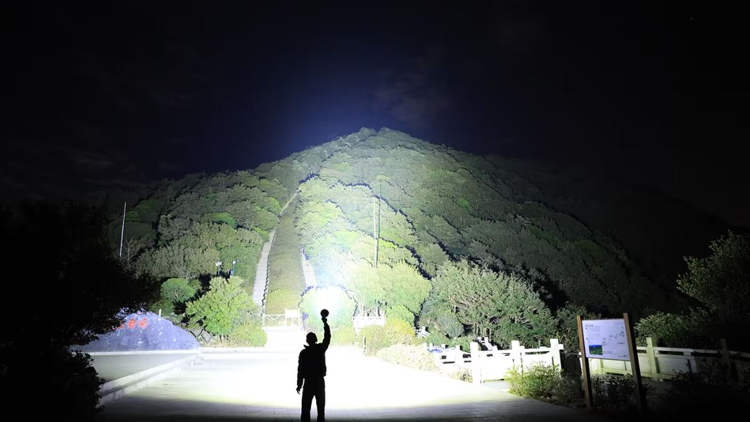Seattle-based startup Crowd Cow has introduced crowdfunding to the meat industry in a bid to promote the idea of sustainably raised meat. Through Crowd Cow, customers get to place their orders on specific cuts of a cow in the exact quantities they need. The cow is finally slaughtered only when it has ‘tipped’, which means that at least 67 percent of it has been claimed online. It sounds rather brutal to be placing bids on parts of a live cow, but according to co-founders Joe Heitzeberg and Ethan Lowry, this system actually promotes responsible and sustainable meat harvesting.
The duo hit upon the idea for the startup when they realised that the average grocery buyer has no real idea of the origins of store-bought packaged meat. “People want to know where their meat comes from and how it’s raised and they want to explore it like wine,” Heitzeberg said. “There’s genetics, how it’s raised, all these aspects. Beef is a complex thing, it’s the centerpiece of the meal and people want to buy local.” But if they were to purchase grass-fed beef from a ranch instead, most people would have to get large quantities of meat that would be very difficult to store.
Heitzeberg and Lowry, both seasoned entrepreneurs, realised that they could use their experience and knowledge of crowdfunding to solve this problem. By having 50 or more people contribute to the purchase of one cow, everyone could have access to high-quality meat at an affordable price. So they set up Crowd Cow, a startup that purchases a head of cattle from independent ranches across Washington. The cows are made available on the website one at a time, and customers are invited to place claims to various shares.





















